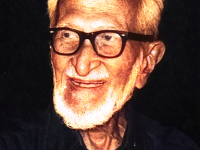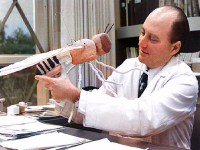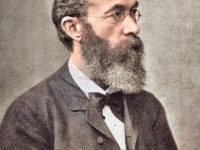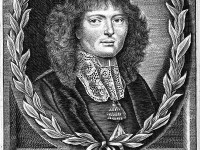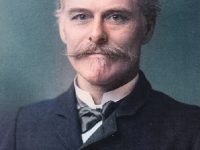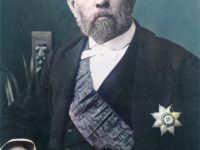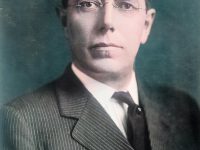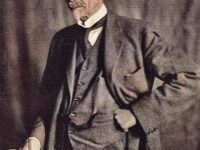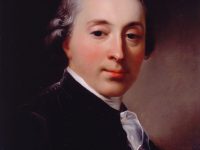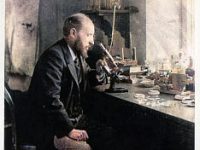Salim Ali – the Birdman of India
On November 12, 1896, Indian ornithologist and naturalist Sálim Ali was born. Sometimes referred to as the “birdman of India“, Salim Ali was among the first Indians to conduct systematic bird surveys across India and several bird books that he wrote helped popularize ornithology in India. Along with Sidney Dillon Ripley he wrote the ten volume Handbook of the Birds of India and Pakistan. Salim Ali – Background Salim Ali was born into…
Read more

